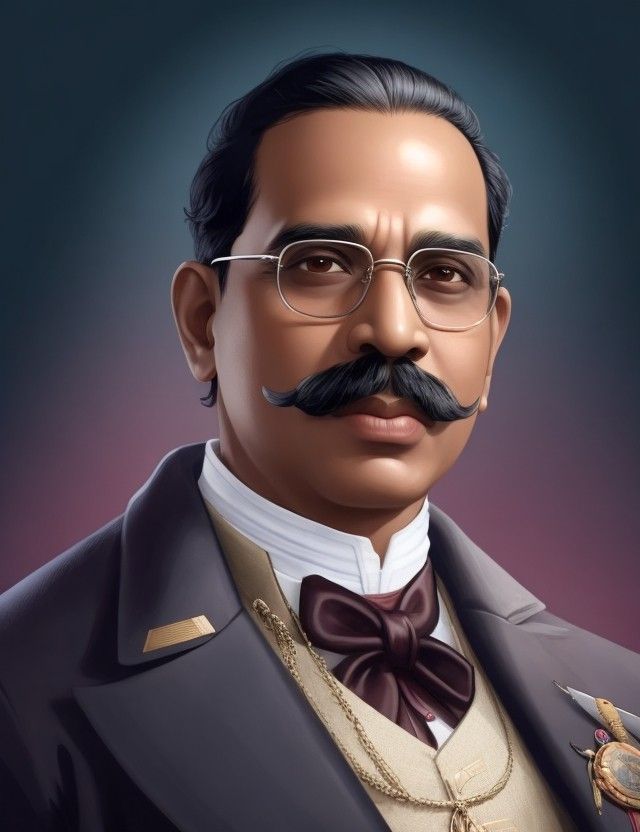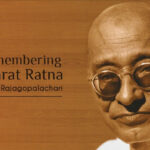Bipin Chandra Pal: 5 Powerful Ways He Changed India’s Freedom Struggle
Bipin Chandra Pal, one of the foremost leaders of India’s independence movement, played a pivotal role in shaping the course of the country’s fight for freedom. Known for his radical ideas and unwavering commitment to the cause, he was part of the trio of Bal Gangadhar Tilak, Lala Lajpat Rai, and Bipin Chandra Pal, collectively known as the “Lal-Bal-Pal” group. His contributions were critical in mobilizing the masses and shifting the political narrative towards more direct action against British colonial rule.
Early Life and Education
Born on November 7, 1858, in the town of Sylhet (now in Bangladesh), Bipin Chandra Pal hailed from a Brahmin family. From an early age, he showed a keen interest in history, philosophy, and politics. He studied at the Presidency College in Kolkata, where he was exposed to the ideas of social reform, nationalism, and the growing discontent with British rule.
Though he initially followed a moderate approach to nationalism, his experiences and the political climate soon transformed him into a fierce advocate for swaraj (self-rule). Bipin Chandra Pal’s time at college exposed him to radical ideas and Western intellectual thought, which would later shape his political philosophy.
A Radical Nationalist
- The Advocate of Swadeshi and Boycotting British Goods
Bipin Chandra Pal was one of the most vocal proponents of the Swadeshi Movement, which aimed at promoting Indian goods and boycotting British-made products. The movement was launched in response to the partition of Bengal in 1905 by the British colonial government, which was seen as an attempt to divide and rule by creating religious divisions between Hindus and Muslims.Bipin Chandra Pal, along with other nationalists, argued that true independence would only be possible if India freed itself from British economic control. He advocated for the development of indigenous industries and encouraged the masses to use homegrown products. This idea of self-reliance resonated deeply with the Indian people and gave a massive boost to the nationalist movement.
- His Role in the Extremist Wing of the Indian National Congress
Initially, Bipin Chandra Pal was a part of the moderate faction within the Indian National Congress, led by leaders like Gopal Krishna Gokhale and Dadabhai Naoroji. However, after witnessing the British government’s unwillingness to grant reforms, Pal, along with Tilak and Lajpat Rai, shifted towards the more radical wing of the party.This shift in ideology emphasized direct action, including strikes, protests, and more militant forms of resistance. The extremist faction believed that it was time to challenge the British Empire head-on rather than relying on petitions and dialogue. Bipin Chandra Pal’s fiery speeches and writings galvanized the masses, making him a significant figure in the independence movement.
- Championing Hindu Nationalism and Unity
Bipin Chandra Pal believed in Hindu unity and considered it vital for the success of the Indian nationalist movement. He was not only concerned with political independence but also wanted to revive India’s ancient culture and values. While his views on religion and politics were often controversial, he firmly believed that Hinduism was an important part of India’s identity and the foundation for the struggle against British colonialism.His advocacy for Hindu nationalism was deeply tied to his broader vision for India’s independence, which involved unity among the diverse Indian population. However, his views on religion led to occasional tensions within the broader Indian National Congress, especially with leaders who followed more inclusive ideas of nationalism.
- Imprisonment and the Struggle for Swaraj
Bipin Chandra Pal’s involvement in the independence struggle was not without sacrifice. He was arrested multiple times by the British government for his role in various protests, writings, and speeches. Despite facing imprisonment, he remained committed to the cause, never wavering in his resolve to free India from British rule.During his time in jail, Pal penned several works that articulated his vision for an independent India. His writings not only criticized British colonialism but also called for the Indian people to unite and demand their rightful place in the world.
- Legacy of Political Thought and Social Reform
Though often overshadowed by figures like Gandhi and Nehru, Bipin Chandra Pal’s influence on Indian politics cannot be overstated. His radical views on self-rule, his advocacy for economic independence, and his belief in Hindu nationalism shaped the early phases of the struggle for independence.Additionally, Bipin Chandra Pal was a proponent of social reforms and believed in the empowerment of women and the downtrodden. He advocated for educational reforms, especially for women, and recognized the importance of building a robust, self-sustaining society free from colonial influence.
Key Facts About Bipin Chandra Pal
- Full Name: Bipin Chandra Pal
- Born: November 7, 1858, Sylhet, Bengal Presidency (now in Bangladesh)
- Died: May 20, 1932, Kolkata, India
- Key Roles: Leader of the Extremist faction in the Indian National Congress, promoter of the Swadeshi Movement, social reformer, nationalist leader
- Major Contributions: Advocacy for self-rule, leader of the Swadeshi Movement, writings on social and political reforms, fighter for Hindu unity in the nationalist movement.
Impact on India’s Freedom Struggle
Bipin Chandra Pal’s ideas were instrumental in shifting the focus of the Indian National Congress from a moderate to a more radical approach. He was one of the earliest leaders to suggest that the British could not be negotiated with but had to be opposed through direct action. His emphasis on self-reliance and economic independence played a significant role in mobilizing the Indian masses to participate in the freedom struggle.
His ideas about Hindu nationalism and unity also had a long-lasting impact on India’s political landscape, though they have been a topic of debate among historians and political scholars. Nevertheless, his commitment to India’s independence, his courage in the face of adversity, and his contributions to the ideological framework of the freedom struggle make him one of the key figures in India’s road to independence.
Frequently Asked Questions (FAQs)
1. What is Bipin Chandra Pal known for?
Bipin Chandra Pal is known for being one of the leading extremists in the Indian National Congress, advocating for the Swadeshi Movement and playing a pivotal role in shaping the political ideology of the Indian independence movement.
2. How did Bipin Chandra Pal contribute to the Indian freedom struggle?
He advocated for swaraj (self-rule), supported the boycott of British goods, and led the radical wing of the Congress in demanding direct action against British colonial rule.
3. Was Bipin Chandra Pal a supporter of Hindu nationalism?
Yes, Bipin Chandra Pal believed in the unity of Hindus as a key factor for India’s independence and often emphasized Hindu culture and identity in his political philosophy.
4. What was Bipin Chandra Pal’s role in the Swadeshi Movement?
Bipin Chandra Pal was one of the leading figures of the Swadeshi Movement, which promoted the boycott of British goods and the development of indigenous industries as a means to achieve economic independence.
5. What is Bipin Chandra Pal’s legacy?
Bipin Chandra Pal’s legacy includes his contributions to the ideological foundations of India’s independence, his advocacy for social reform, and his role in shifting the Indian National Congress toward a more militant approach against British rule.
Conclusion
Bipin Chandra Pal was not just a leader; he was a visionary who believed in a self-reliant India, free from colonial shackles. His fiery speeches, radical ideology, and commitment to the cause continue to inspire many. While his views were often controversial, his contributions to India’s freedom struggle and the ideological framework of the nationalist movement are undeniable. His legacy lives on as one of the early architects of India’s independence.











Il nostro servizio offre il reclutamento di operatori per lavori pericolosi.
Chi cerca aiuto possono trovare candidati qualificati per incarichi occasionali.
Le persone disponibili vengono scelti con attenzione.
assumere un killer
Utilizzando il servizio è possibile ottenere informazioni dettagliate prima di procedere.
La professionalità resta la nostra priorità.
Esplorate le offerte oggi stesso per ottenere aiuto specializzato!